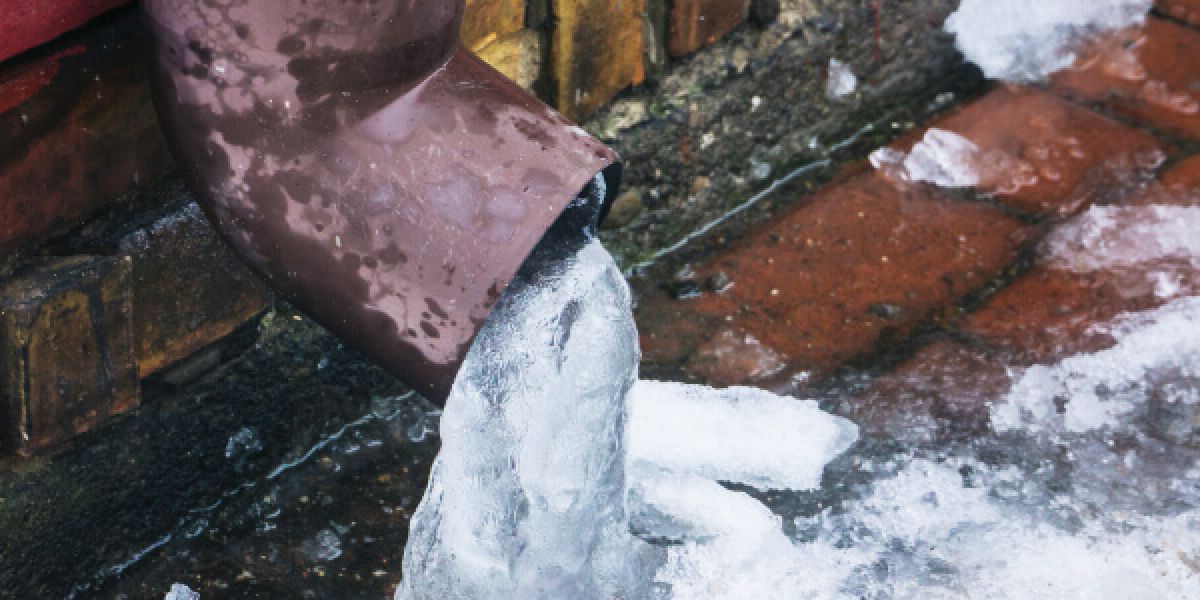Tips to Defend Plumbing System from Cold Weather: Essential Tips
Click HereJust how do you actually feel about How To Avoid Freezing Pipes?

Cold weather can ruin your plumbing, especially by freezing pipes. Right here's how to stop it from happening and what to do if it does.
Intro
As temperatures decrease, the risk of icy pipelines increases, potentially bring about expensive fixings and water damage. Comprehending just how to prevent frozen pipelines is crucial for homeowners in chilly environments.
Comprehending Frozen Pipes
What creates pipes to ice up?
Pipes freeze when subjected to temperatures below 32 ° F (0 ° C) for prolonged durations. As water inside the pipes freezes, it increases, putting pressure on the pipeline walls and potentially causing them to burst.
Threats and problems
Icy pipelines can cause water supply interruptions, building damages, and pricey fixings. Ruptured pipelines can flooding homes and trigger substantial architectural damages.
Indications of Frozen Water Lines
Determining frozen pipes early can avoid them from rupturing.
Just how to recognize icy pipes
Seek reduced water flow from faucets, uncommon odors or sounds from pipes, and visible frost on subjected pipelines.
Avoidance Tips
Shielding prone pipes
Cover pipelines in insulation sleeves or utilize warm tape to safeguard them from freezing temperature levels. Concentrate on pipelines in unheated or outside locations of the home.
Heating techniques
Keep indoor spaces properly heated up, especially areas with pipes. Open up cabinet doors to allow cozy air to flow around pipelines under sinks.
Safeguarding Exterior Plumbing
Yard hoses and outdoor taps
Separate and drain pipes yard pipes before winter season. Install frost-proof spigots or cover outside taps with protected caps.
What to Do If Your Pipelines Freeze
Immediate actions to take
If you suspect icy pipes, keep faucets open to relieve stress as the ice melts. Use a hairdryer or towels taken in hot water to thaw pipelines slowly.
Long-Term Solutions
Architectural modifications
Consider rerouting pipelines far from outside walls or unheated areas. Add additional insulation to attic rooms, basements, and crawl spaces.
Upgrading insulation
Purchase high-grade insulation for pipes, attics, and walls. Appropriate insulation aids maintain constant temperatures and lowers the danger of icy pipes.
Final thought
Protecting against icy pipelines calls for aggressive measures and quick reactions. By comprehending the reasons, indications, and safety nets, home owners can safeguard their plumbing during cold weather.
6 Proven Ways to Prevent Frozen Pipes and Protect Your Home
Disconnect and Drain Garden Hoses
Before winter arrives, start by disconnecting your garden hoses and draining any remaining water. Close the shut-off valves that supply outdoor hose bibs and leave the outdoor faucet open to allow any residual water to drain. For extra protection, consider using faucet covers throughout the colder months. It’s also important to drain water from any sprinkler supply lines following the manufacturer’s directions.
Insulate Exposed Pipes
Insulating your pipes is an effective way to prevent freezing. Pipe insulation is readily available at home improvement stores and is relatively inexpensive. Pay close attention to pipes in unheated areas such as the attic, basement, crawl spaces, or garage. Apply foam insulation generously to create a buffer against the cold. You can also wrap your pipes in heat tape or thermostat-controlled heat cables for added warmth.
Seal Air Leaks
Inspect your home for any cracks or openings that could let in cold air. Seal any holes around the piping in interior or exterior walls, as well as the sill plates where your home rests on its foundation. Additionally, make sure to keep your garage door closed unless you’re entering or exiting. Leaving it open creates a significant air leak that can lead to frozen pipes.
Allow Warm Air Circulation
During cold snaps, it’s essential to allow warm air to circulate evenly throughout your home. Leave interior doors ajar to promote better airflow. Open kitchen and bathroom cabinets to help distribute heat consistently around the rooms. If you have small children or pets, be sure to remove any household chemicals or potentially harmful cleaners from open cabinets for safety.
Let Faucets Drip
A small trickle of water can make a big difference in preventing ice formation inside your pipes. When temperatures drop significantly, start a drip of water from all faucets served by exposed pipes. This continuous flow helps prevent the water from freezing. Additionally, running a few faucets slightly can relieve pressure inside the pipes, reducing the chances of a rupture if the water inside does freeze.
https://choateshvac.com/6-proven-ways-to-prevent-frozen-pipes-and-protect-your-home/

I was shown that editorial on Helpful Tips to Prevent Frozen Pipes this Winter through an acquaintance on another site. Sharing is good. Helping people is fun. Thanks for being here. Kindly check our blog back soon.
View More